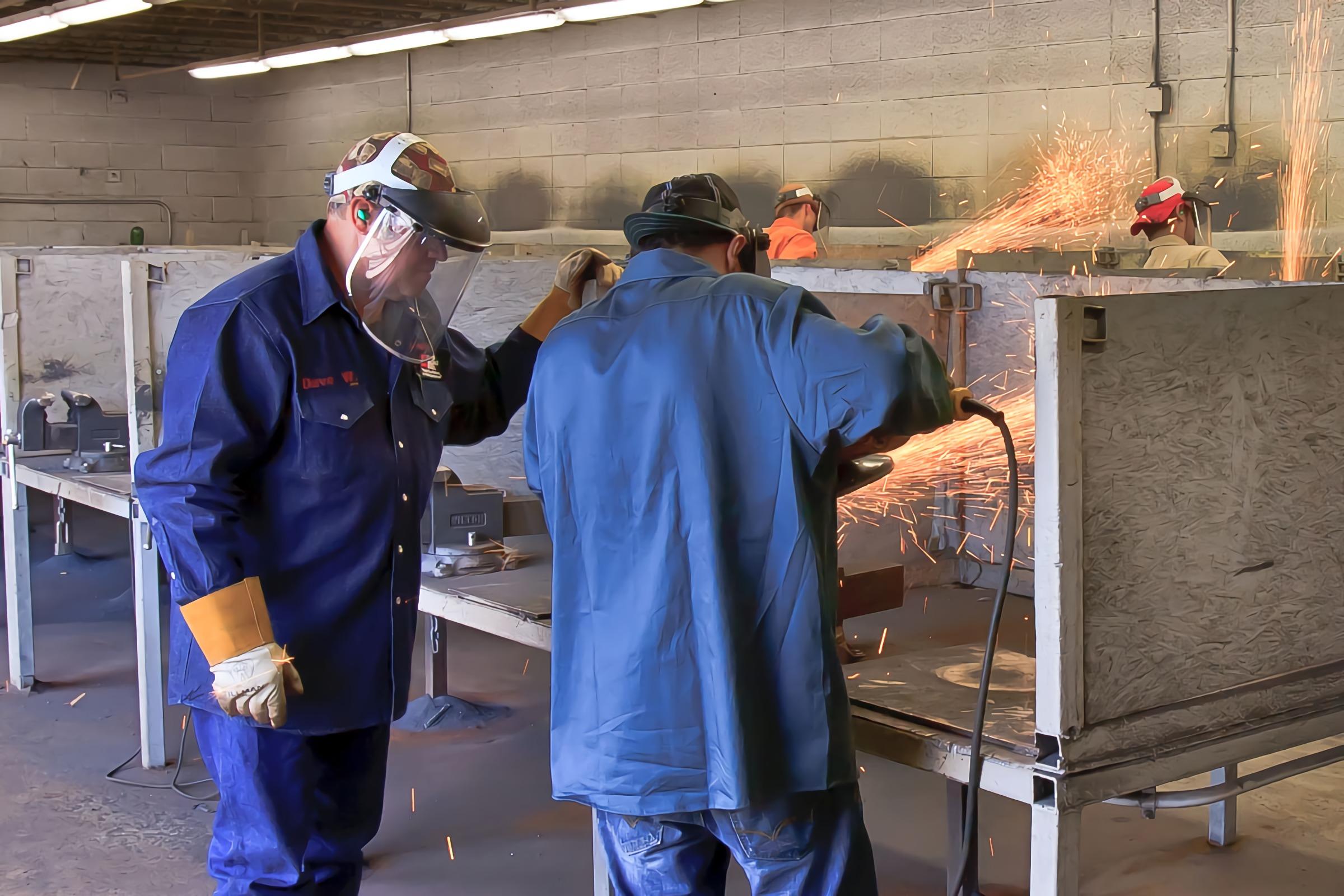TWS is a Great Training Option for Everyone
Learn more about how we can prepare you to advance your career.
The work of people in the skilled trades is responsible for the infrastructure of many cities and nations around the world. Without the creation and advancement of structures, buildings, heating and cooling systems, running indoor plumbing, and other achievements, society would not have evolved to the reach and comfort that it has established. Many industries today still rely on the work of skilled tradesmen, so it is important that new workers continue to enter these fields.
The Appeal of Pipefitting
Many people find that working with their hands is very gratifying work. Only a few occupations can allow you to create something and instantly see the product of your work. Even better, your work immediately starts benefitting other people, so you can instantly see the benefits of your effort. This is a job that keeps people active, on their feet, and very busy. For those who know the office isn’t for them, pipefitting can be a great alternative career. However, when people realize that they are interested in pursuing pipefitting as a career, they don’t always know how to become a pipefitter or where to start training.
Finding Pipefitting Training Opportunities
Some people know they are interested in a skilled trade from a young age, particularly if they grow up in an environment that exposes them to that profession, such as having a parent or sibling who is a pipefitter. However, increasingly few people are born into a physical labor profession in modern America. Instead, a great way for people to introduce themselves into the world of pipefitting is to participate in a pipefitting program at a professional trade school to study in.
Challenges of Alternative Training Methods
Obtaining on-the-job training from employers often requires you to have some field experience with pipefitting. When employers invest in employee training, they want assurances that their employee has a genuine or demonstrated commitment to pipefitting. If you come into the profession as a blank slate, some employers may interpret that as an experiment from you rather than an earnest pursuit of a career. Instead, first going through a formal training program will assure employers that you are committed to pipefitting to the point of making your own investment in yourself. It is also proof that you have acquired certain skills and practical knowledge, allowing you to complete fundamental tasks. While no program or degree can guarantee you a job, going through a training program will allow you to learn the techniques used by professional pipefitters and give you an introduction to the field and its requirements.
Have You Considered a Career in the Skilled Trades?
Fill out the form to recieve a no obligation info packet.
http://www.bls.gov/ooh/construction-and-extraction/plumbers-pipefitters-and-steamfitters.htm#tab-4
http://online.wsj.com/article/SB121910464115051361.html
http://www.chooseconstruction.com/trade_pipe.htm
This blog has been labeled as archived as it may no longer contain the most up-to-date data. For a list of all current blog posts, please visit our blog homepage at https://www.tws.edu/blog/







